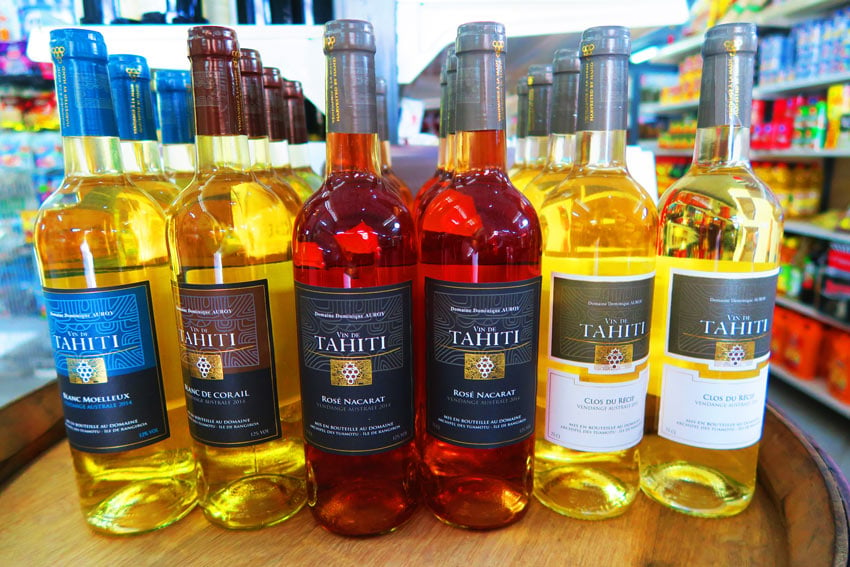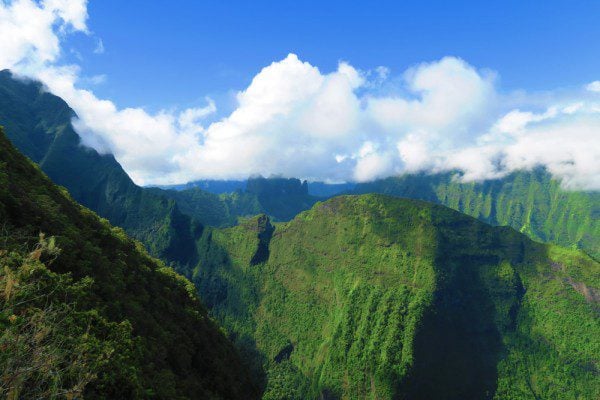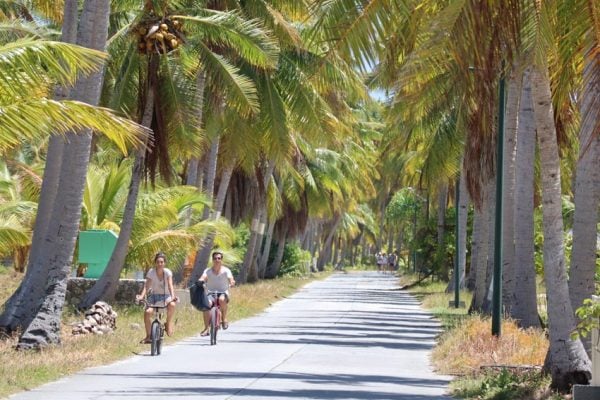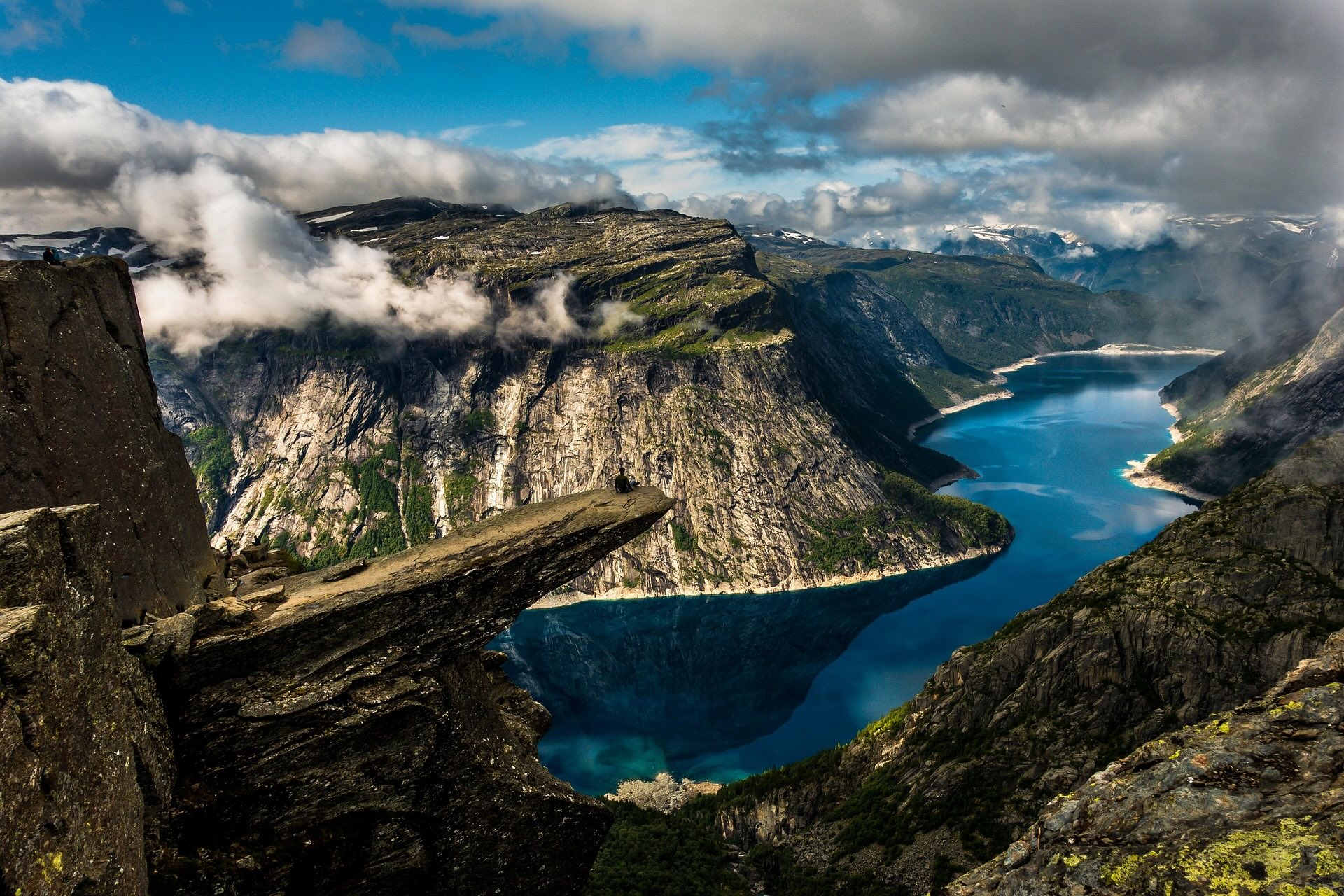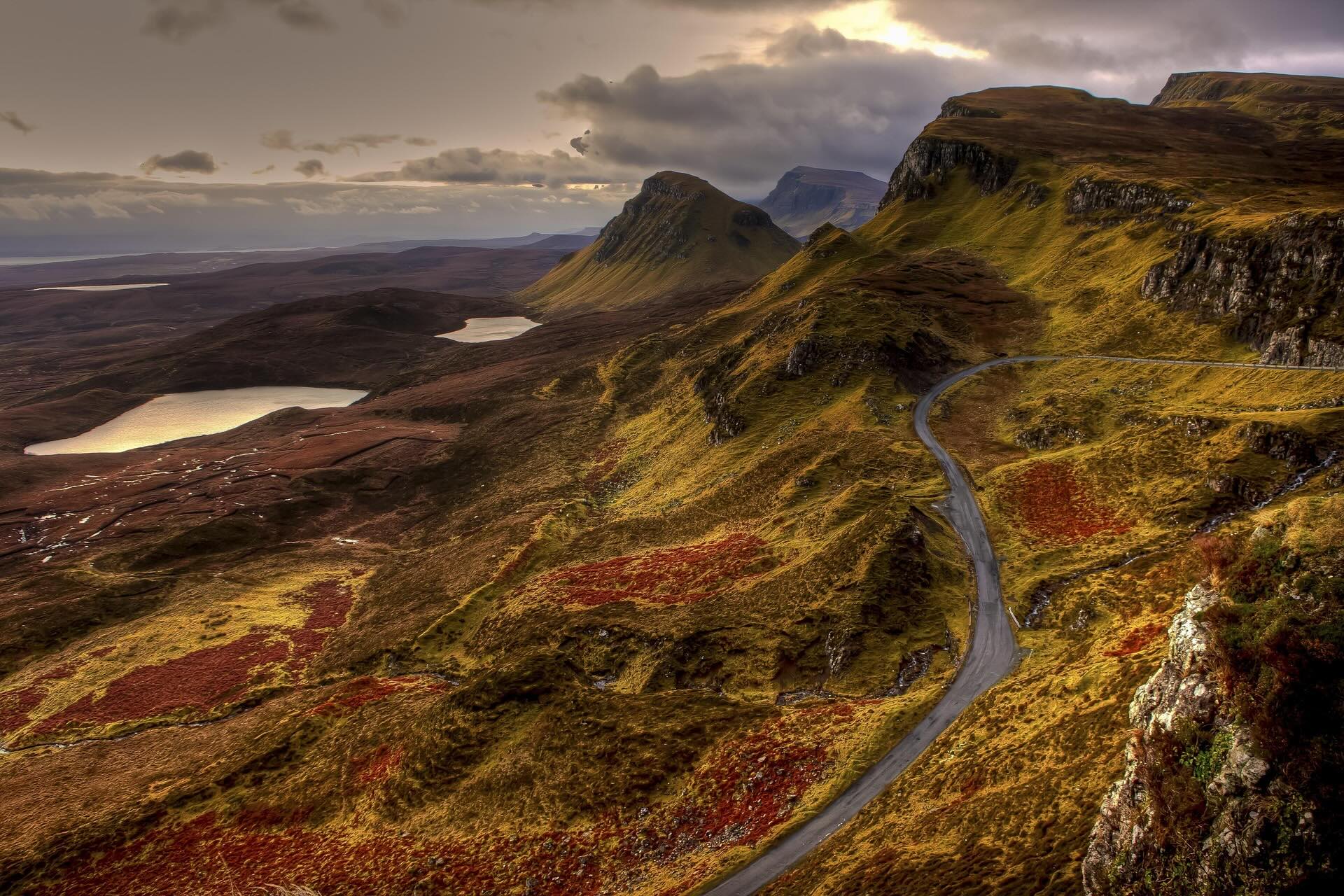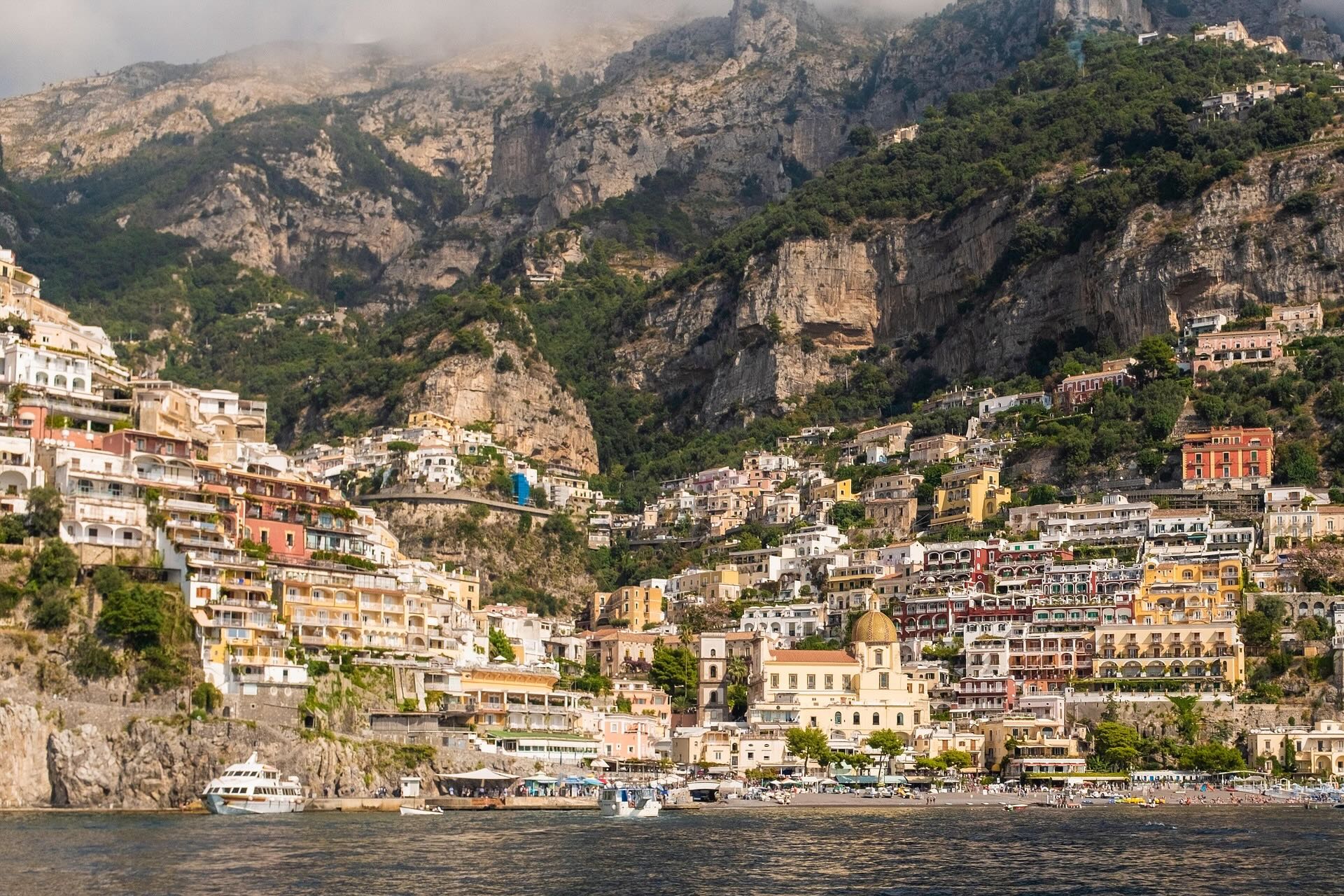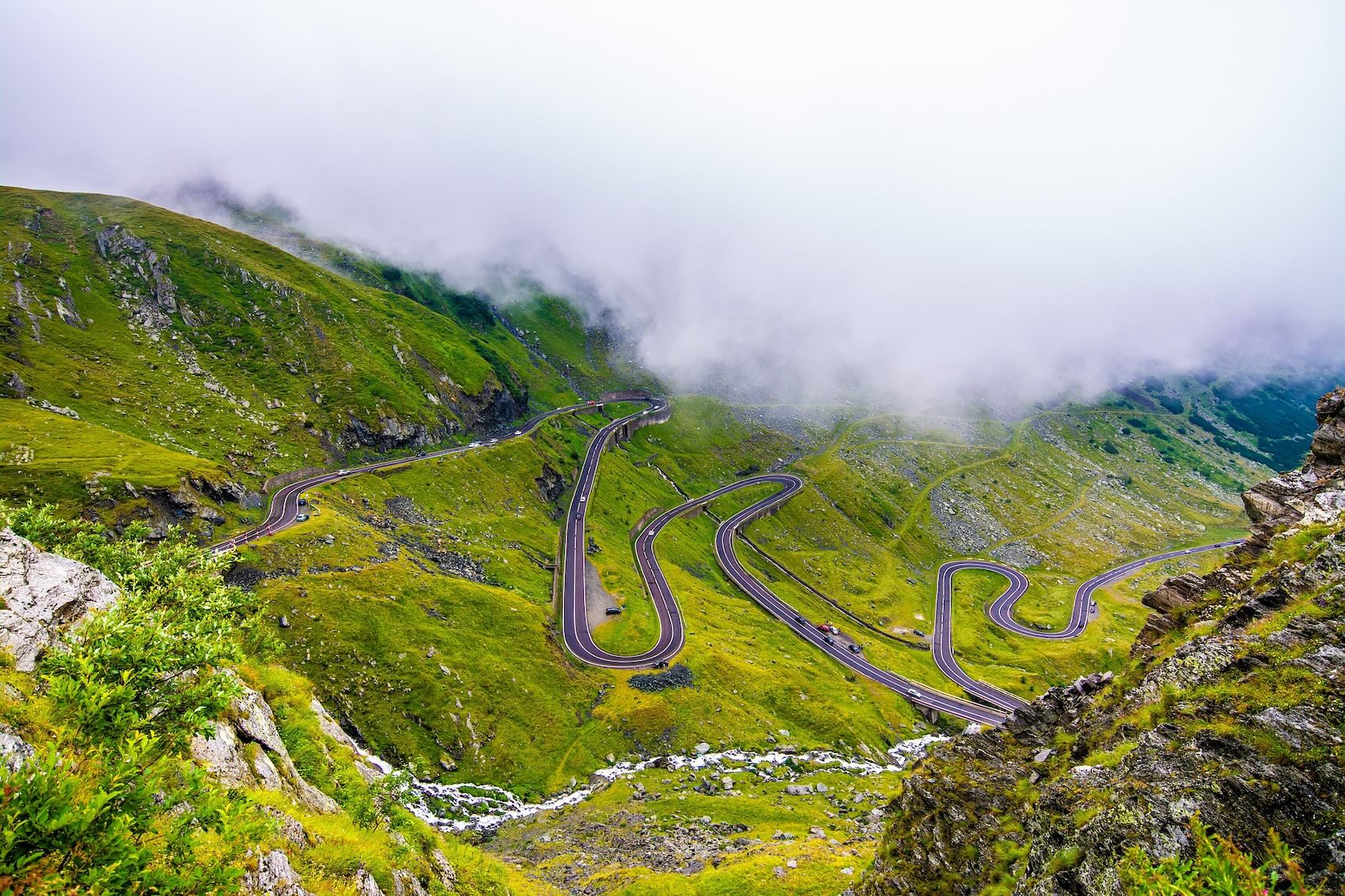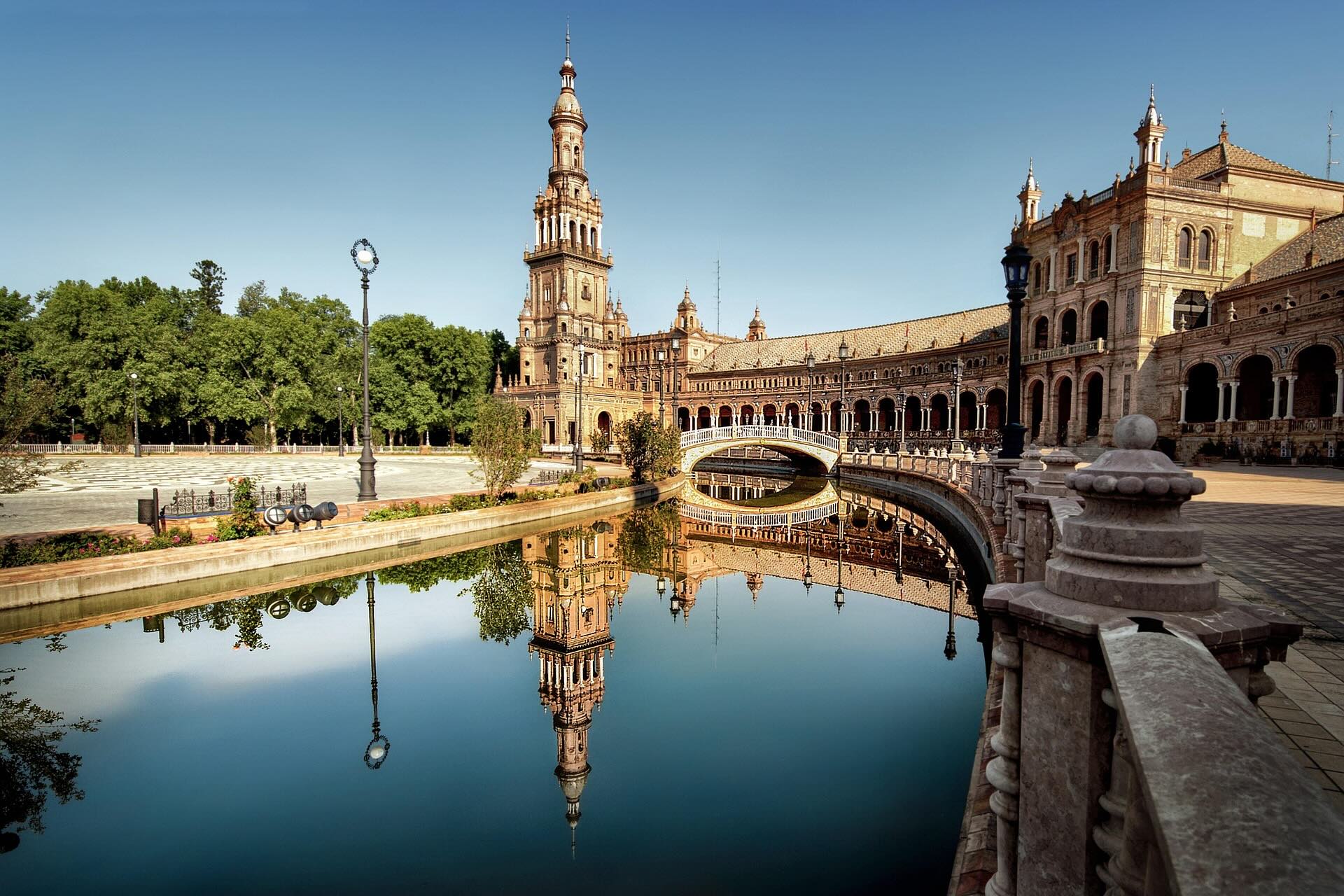Rangiroa Travel Guide
Rangiroa Travel Tips
This section of the Rangiroa travel guide deep dives into the essential aspects of planning a trip to the atoll.
Recommended Reading
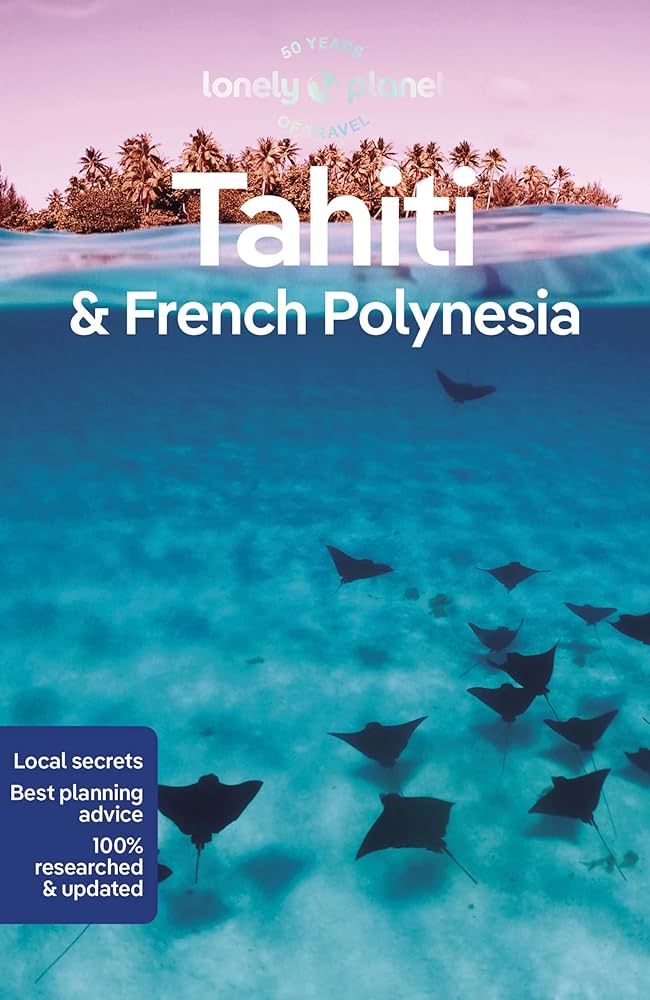
- Close Encounters With Dolphins In The Rangiroa Atoll: a personal account of my first visit to Rangiroa in 2016.
- French Polynesia Travel Guide: everything you need to know before heading to paradise.
- Honeymoon in French Polynesia: a personal account of a month in the South Seas, including Rangiroa.
- Lonely Planet: ‘the bible’ for any independent traveler. For such a dreamy yet challenging destination, I recommend grabbing one for the road to go along with this travel guide.
- Tahiti Tourisme: the official site of the local tourism office. You’ll find relevant information about Tahiti and the outer islands.
- Top 10 List: a quick read of the top things to do in Rangiroa and Fakarava.
Tikehau, Fakarava or Rangiroa?
Every island in French Polynesia is different, so choosing the right mix of islands can be a challenging task. The same is true for the Tuamotu Atolls. Though similar in look, they each offer something slightly different. Listed below are the pros and cons of the “big three”, the most visited stops in the archipelago.
For a in-depth look, here’s a guide on how to choose which atoll to visit in French Polynesia.
Tikehau
Rangiroa’s neighbor is much smaller in size and slower in vibe.
- Pros: Tiekhau is very laid back and not geared for large-scale tourism, activities, and sites to see apart from purely scuba diving, pink sand beaches that are relatively easy to reach, and it is possible to see unique species of sharks (tiger and hammerhead) even in shallow dives.
- Cons: the coral throughout the lagoon is not that impressive, there is a lack of diversity in dive sites, travel time to dive sites takes up a lot of time, and there are few places to dine around the main motu.
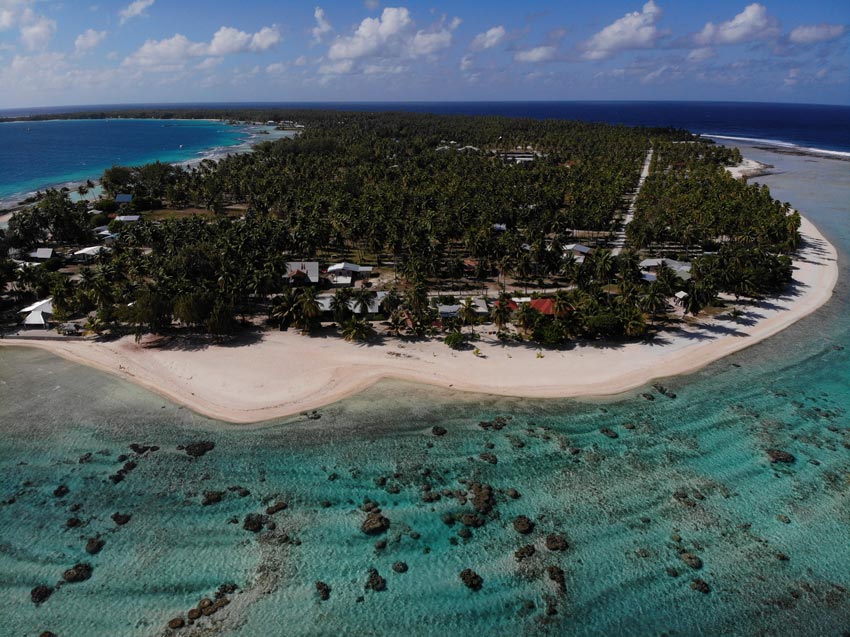
Fakarava
Fakarava is further down the archipelago and is the second biggest atoll in French Polynesia, after Rangiroa.
- Pros: laid back and still not yet fully discovered; plenty of ways to enjoy the atoll apart from diving, the coral is simply exquisite, so every dive is memorable; two very distinct dive sites – the north & south passes, the motu where you’ll be staying is vast and you can easily get lost there for the day, beautiful white sand beaches, excellent snorkeling, shark walls, lagoon excursion to pink sand beach, possibility to see ‘shark walls’.
- Cons: the north and south passes are very far apart and essentially separate destinations; the likelihood of spotting dolphins and hammerheads is lower, and there are not as many dive and accommodation options.
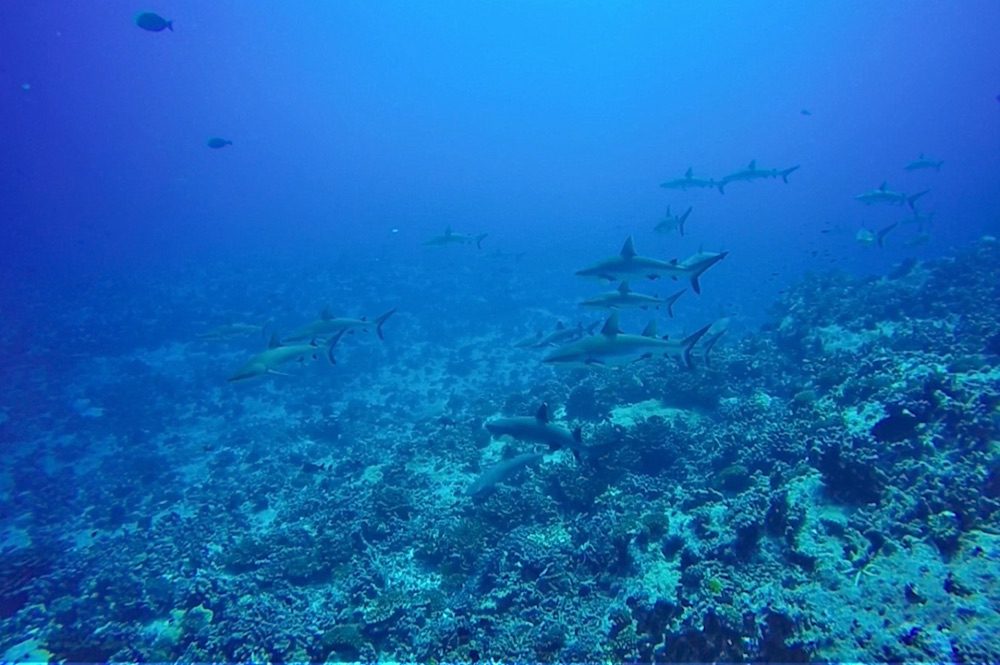
Rangiroa
Rangiroa is the central island in the chain. It’s the most visited member of the Tuamotu group.
- Pros: It is geared toward tourism, with plenty of dive centers and accommodations to choose from, greater likelihood of seeing the ‘big fish’ (dolphins, hammerhead sharks, silvertip sharks, manta rays, etc.), easier to get to from Tahiti, excellent snorkeling from just about everywhere. Thanks to memorable excursions, even non-divers will enjoy the atoll.
- Cons: the lagoon excursions are about one hour by boat from the main village, the coral is not that impressive, so if you lucked out on seeing the ‘big fish’ – your dive could be disappointing, relatively crowded with divers, the main motu where you’ll be staying is small and there aren’t that many options for self-discovery, no white sand beaches in the vicinity of the main village.
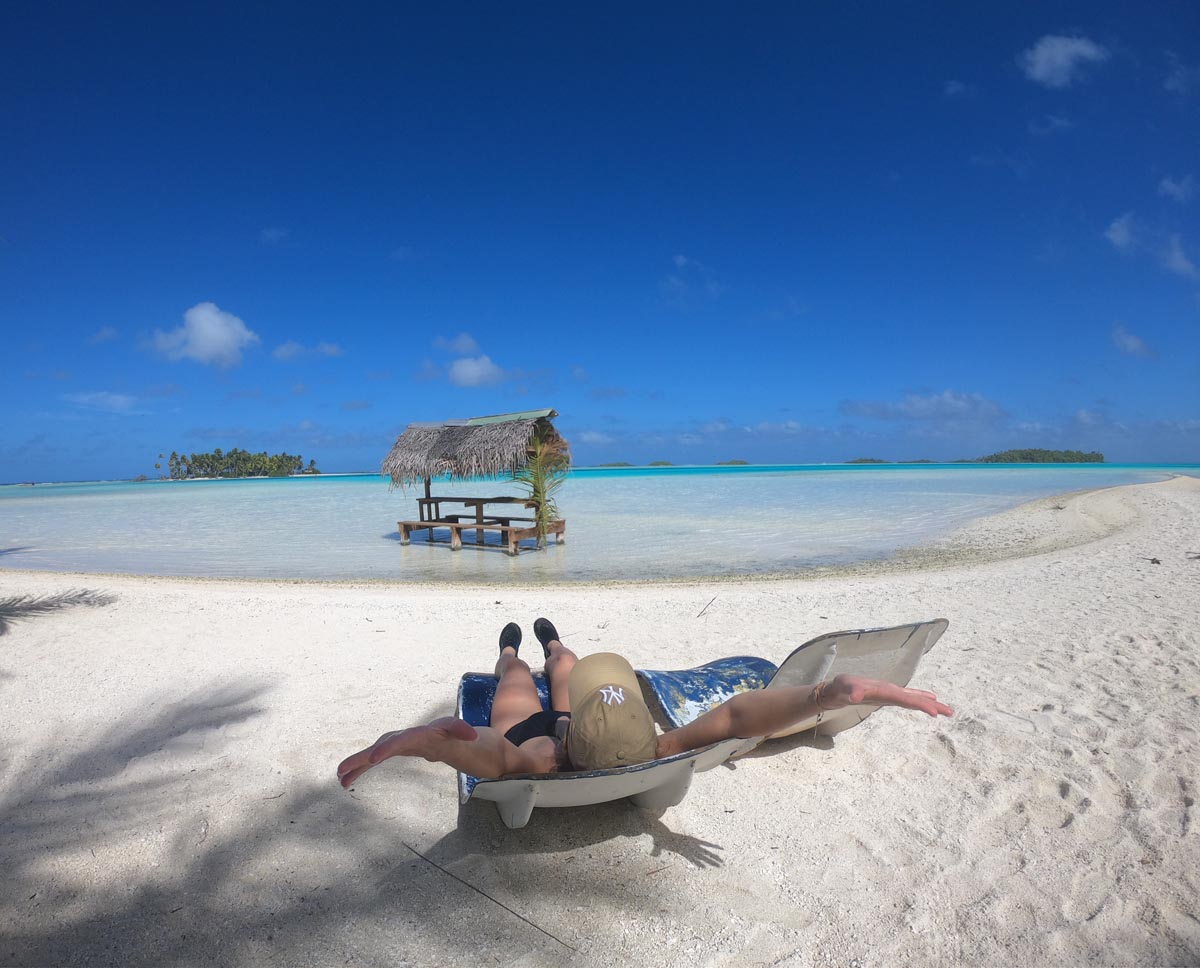
How Many Days Do You Need In Rangiroa?
This depends on how many dives you want to do. You can do 2-3 dives daily, almost always in the same dive spot (Tiputa Pass), hoping to spot the ‘big stuff’. So here’s the formula (1) think about how many dives you want to do (2) add a day before and a day after and use this time for exploring the atoll and/or heading out on a lagoon excursion (3) take into account if you’ll be diving elsewhere in the Tuamotus, like in Fakarava for example.
Here’s a sample Rangiroa itinerary that combines diving and excursions to the atoll’s remote beaches.
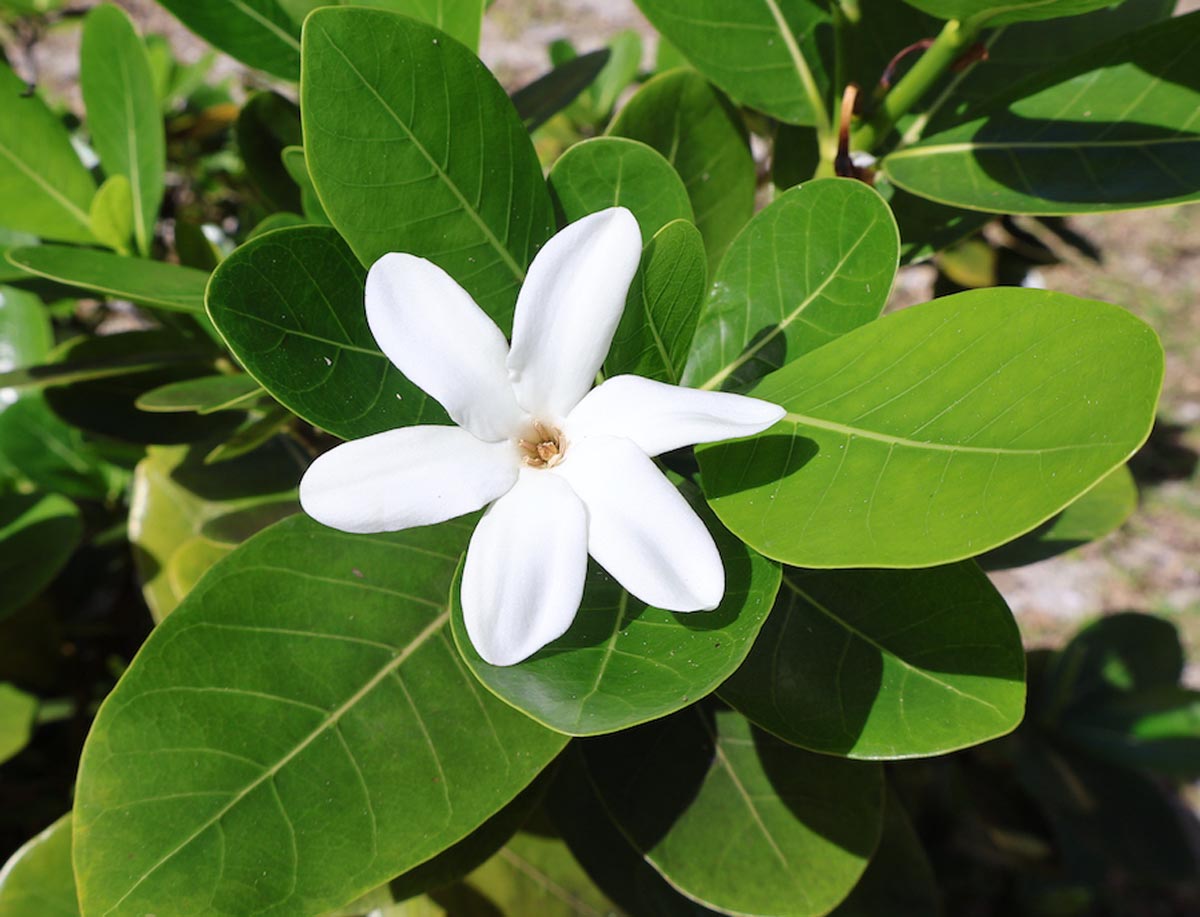
When Is the Best Time To Visit Rangiroa?
Unlike the Society Islands, the Tuamotu Archipelago sees slightly different weather patterns. You can scuba dive throughout the year.
Rangiroa in the dry season
Though rain is much less frequent and the temperature is comfortable during the dry season (June-Oct), the trade wind is almost constantly blowing. This sometimes makes the massive lagoon very choppy and leads to less favorable snorkeling conditions. If you have a sensitive stomach or suffer from motion sickness, such windy days can put a damper on your excursion.
Rangiroa in the wet season
It doesn’t rain all the time during the rainy season (Dec-April), but it does rain a lot, and it can rain heavily. Cloud cover also means you can’t see those incredible lagoon colors. Though cyclones are rare in French Polynesia, there are no mountains to protect the atoll in case of a big storm with strong wind.
Rangiroa in the shoulder season
The shoulder seasons (November and May) are optimal times to visit. If the weather is following historical averages, visitors enjoy “the best of both worlds”. It’s not too hot, not too cloudy, and not too windy.
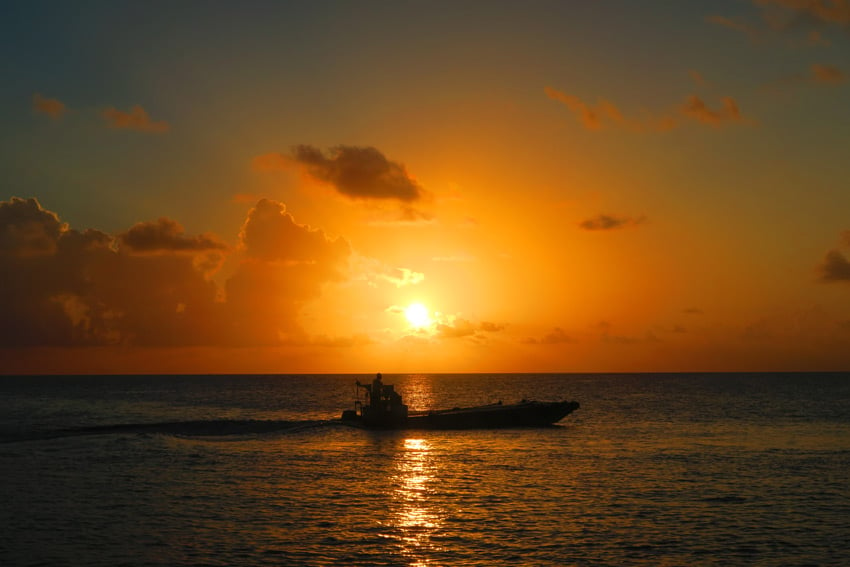
How To Get To Rangiroa
Rangiroa is the central island in the Tuamotu Archipelago and its administrative center, so it’s well connected compared to its neighbors.
Rangiroa by air
Flying is by far the most convenient way to get to Rangiroa. You can fly directly to Rangiroa from Tahiti (55 mins) and Bora Bora but can also get there by passing through other atolls in the archipelago. Rangiroa itself is connected to other neighboring atolls, including Fakarava and Tikehau. As always, if you’re visiting multiple islands in French Polynesia, inquire about the Air Tahiti Pass. Newcomer Air Moana also serves Rangiroa.
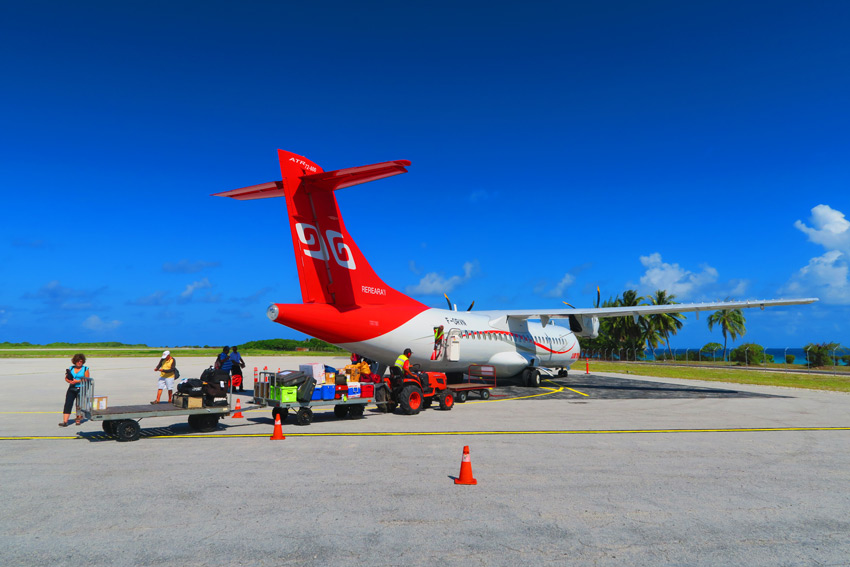
Divers with their own gear can get an extra 5kg on their checked luggage with Air Tahiti. You might need to show equipment such as a BCD or wet suit when checking in to your flight.
Rangiroa by boat
Getting to Rangiroa on a cargo ship is possible but very challenging. You’ll need to be very flexible with your time, lucky, and speaking French will go a long way. The Saint Xavier Maris Stella IV serves the Tuamotus from Papeete, and it may or may not carry passengers. The luxury cruise/cargo ship The Aranui also visits Rangiroa on its way to or from the Marquesas Islands. Additional cruise ships also call in Rangiroa.
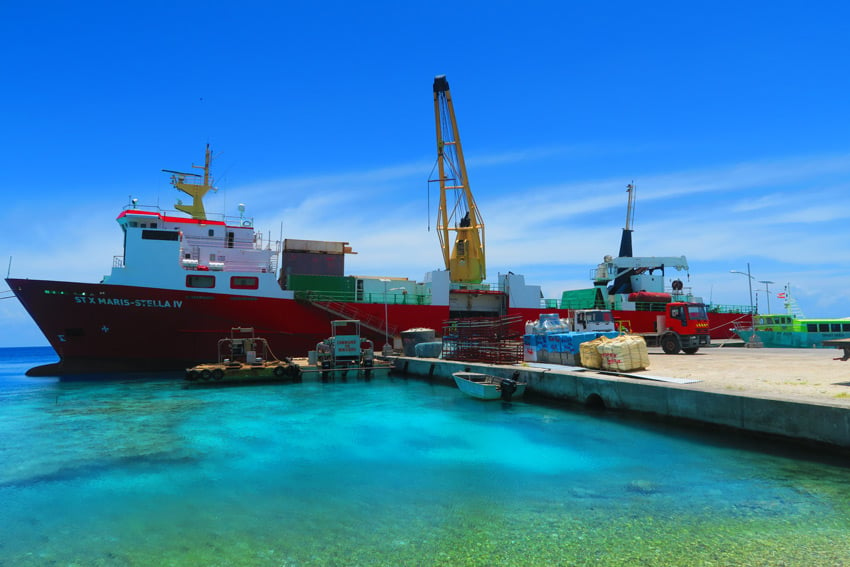
Where To Stay In Rangiroa?
Rangiroa is well-geared to receive large numbers of visitors and cruise ships. As such, you’ll find a wide selection of accommodations, but it is wise to book well in advance as the good ones tend to fill quickly. Most accommodations in Rangiroa are on the main motu (islet). They’re clustered around the airport and near Tiputa Pass. However, there are a few off-the-grid options for travelers seeking the Robinson Crusoe vibe, such as the secluded Aoetra Guest House.
What to take into account
The first thing to consider when choosing accommodation in Rangiroa is whether to stay at a pension or hotel. For those who opt for a pension stay, check its location carefully. If it’s not located on the main motu, it will be more challenging to explore the atoll’s main section. If it’s completely off-the-grid, check if the pension offers excursions, as some suppliers may not pick up/drop off. Lastly, consider an accommodation facing the lagoon or facing the reef. I recommend a lagoon-facing bungalow for snorkeling and a reef-facing for wave-crashing sounds, perfect for a good night’s sleep.
Best Hotels in Rangiroa
At the time of updating this Rangiroa travel guide, there are two hotels on the island. The four-star Kia Ora is the best hotel in Rangiroa. The hotel sits on a beautiful coconut grove and currently offers the only overwater bungalows on the island.
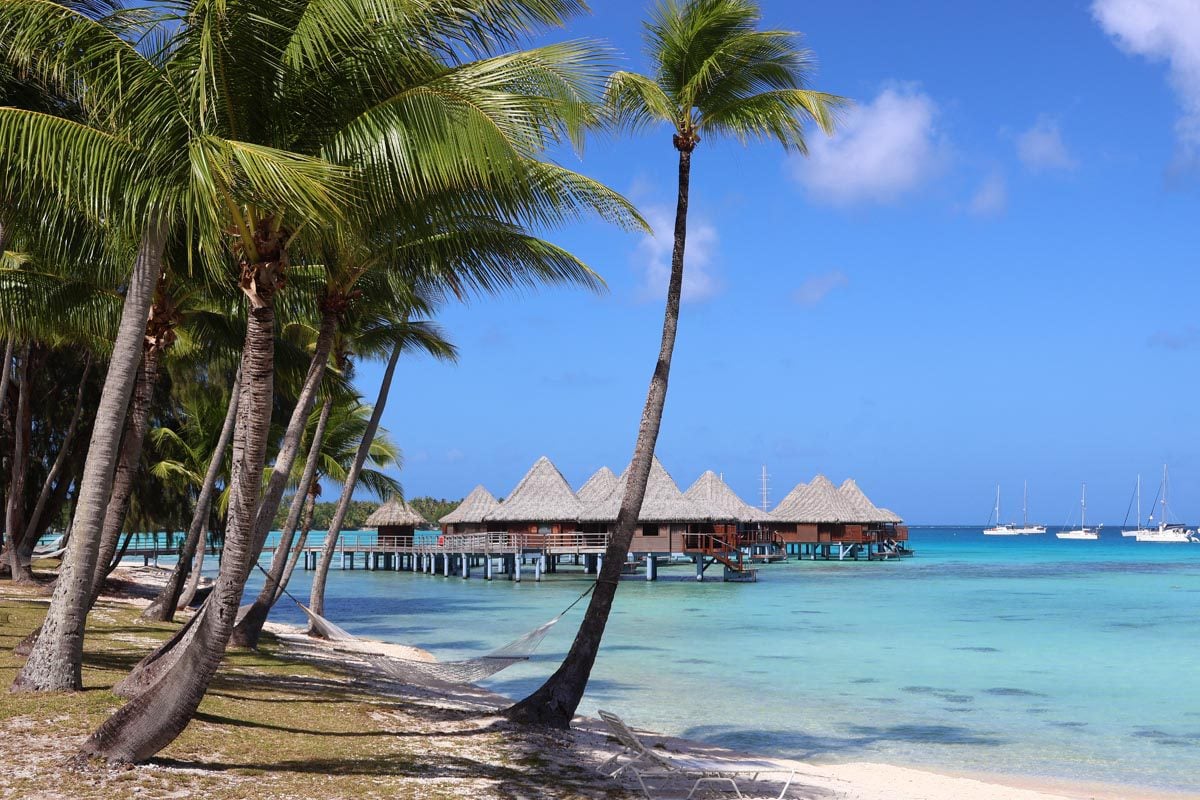
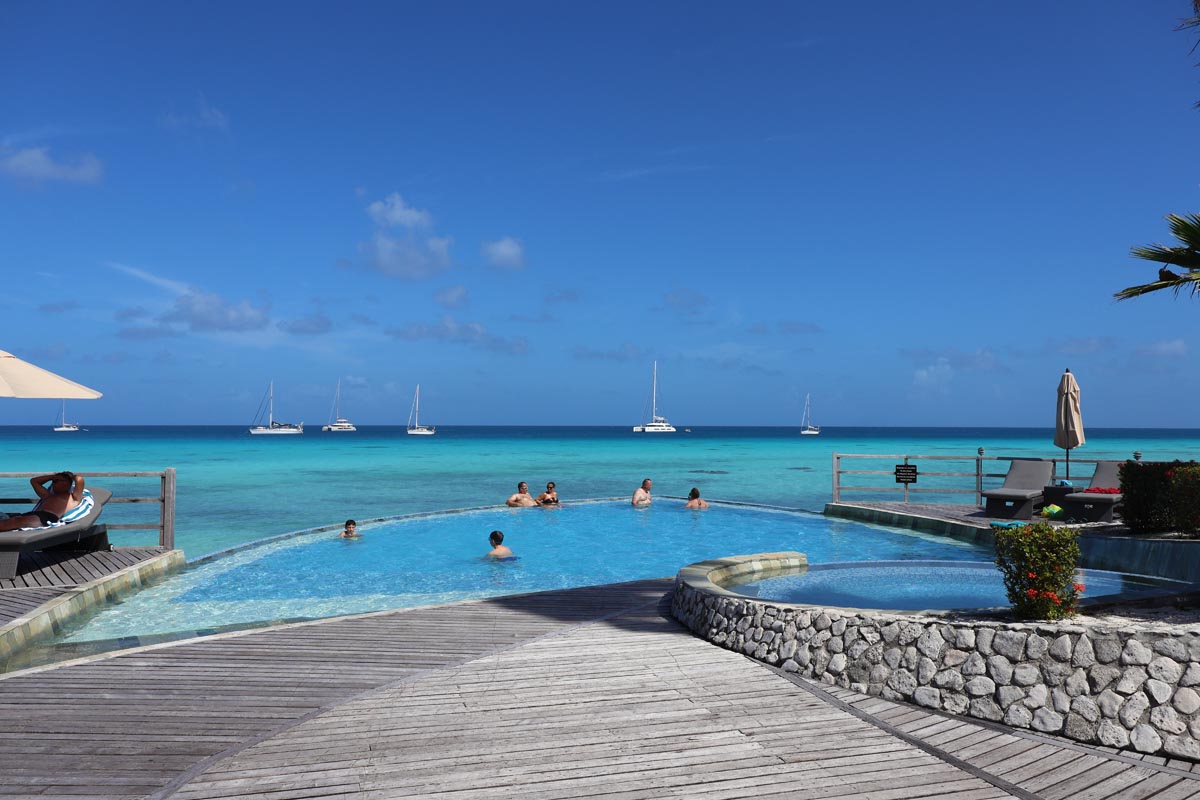
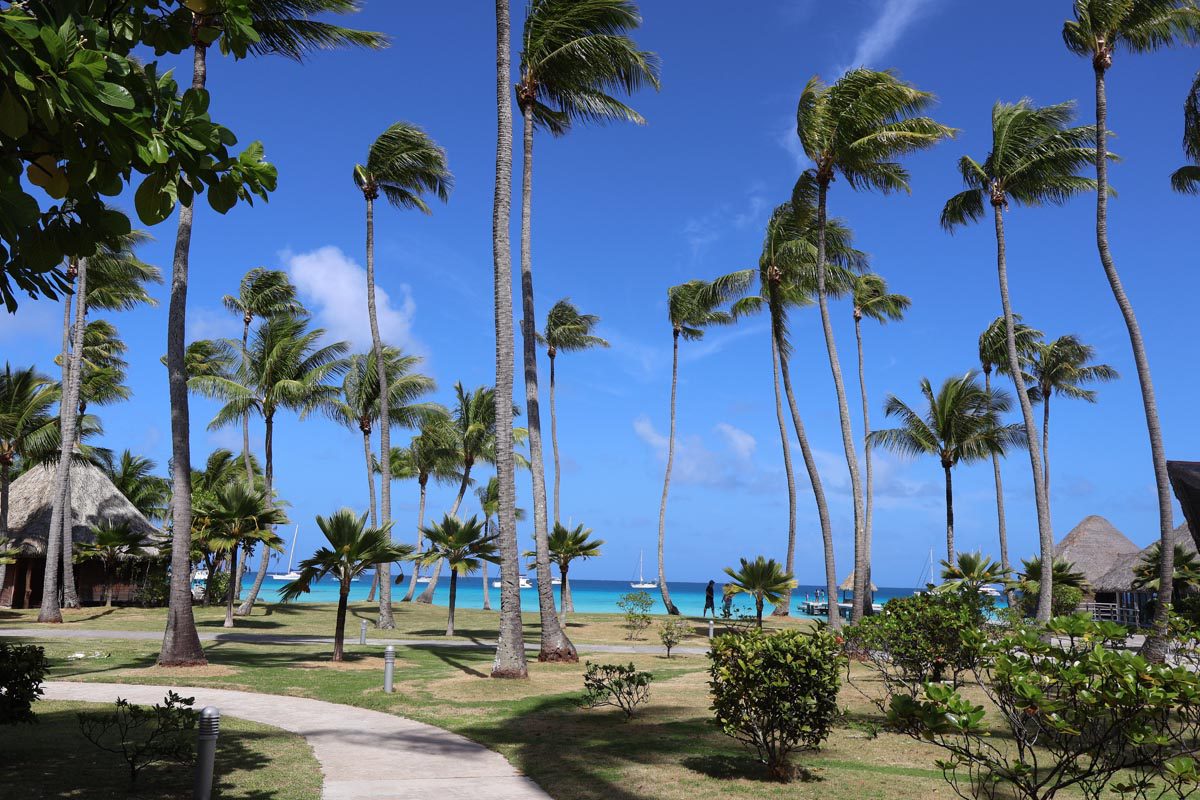
The three-star Maitai Rangiroa is closer to Avatoru Village and our choice during our honeymoon visit. I recommend booking the beach bungalows as they put you right on the lagoon. There’s decent snorkeling off the hotel’s pontoon if the lagoon is calm.
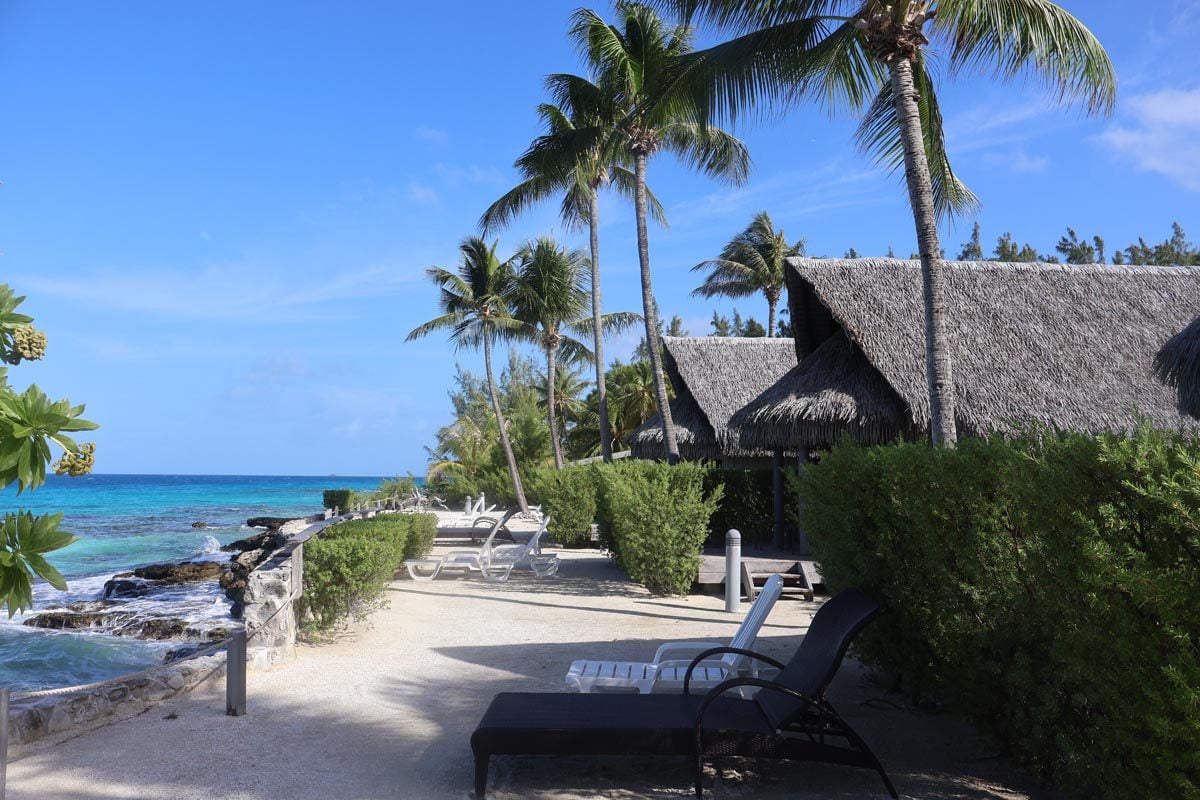
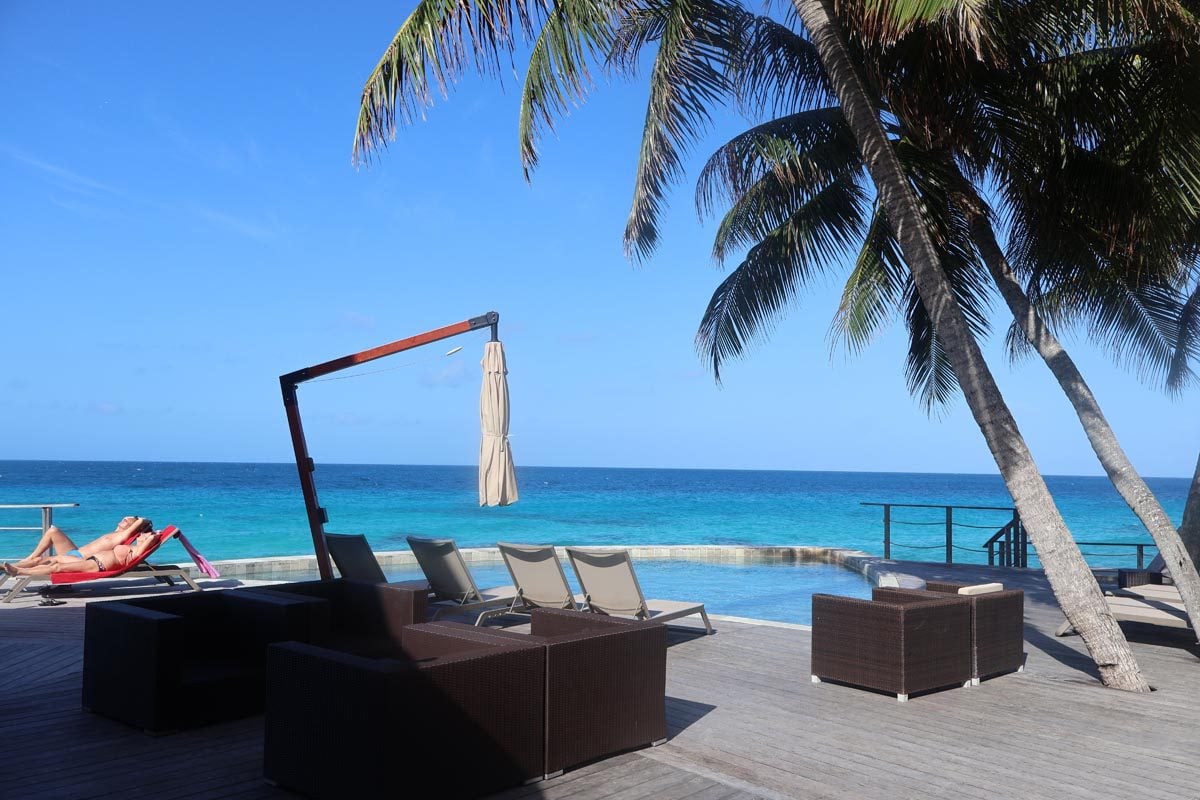
Best pensions in Rangiroa
Pensions are usually simple family-owned and operated guest houses. All offer breakfast as part of the stay and most dinners as well. Pension Le Relais de Josephine is the most upscale choice, occupying prime real estate near the dolphin-watching point. Next is Le Coconut Lodge near the Six Passengers Dive Center. Simpler but excellent options include Raira Lagon, Va’a i Te Moana, Pension Cecile, and Pension Tapuheitini.
Best budget stays in Rangiroa
For a budget stay, look towards Pension Teina & Marie. For backpackers in Rangiroa, inquire with Chez Olga & Rangiroa Plage, and the dorm room at Va’a i te Moana. If you want to camp in Rangiroa, contact Camping Nanua. If you want to get away from it all, check out Tiputa Lodge, a pension located on the neighboring motu, close to Tiputa Village.
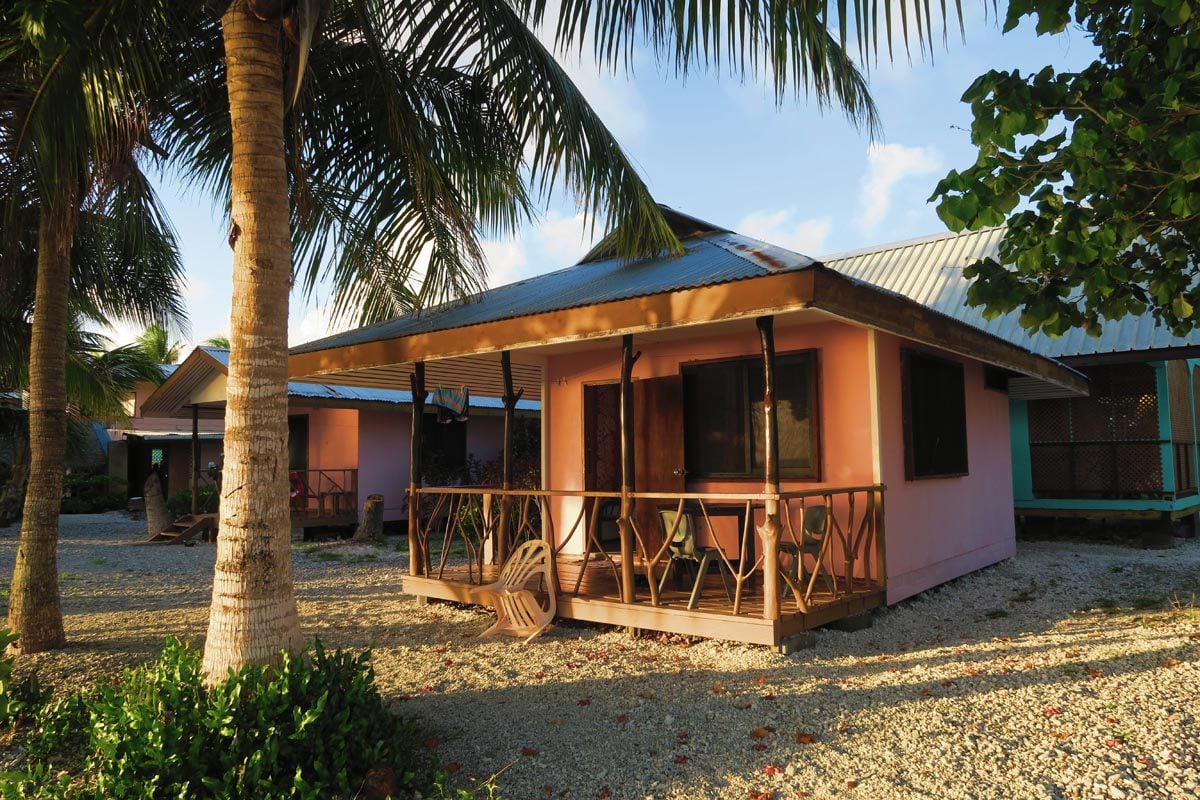
Remote pensions in Rangiroa
There are a few off-the-grid pensions in Rangiroa, such as the Aotera Guest House, but if you want to get away from it all without going off-the-grid, check out Tiputa Lodge, a pension located on the neighboring motu, close to Tiputa Village. Another recommended option is on the opposite side of Avatoru Pass at Chez Punua & Moana.
Getting Around Rangiroa
Rangiroa is a huge atoll, but most of its 20,000 residents live on the thin sliver of dry land between the two lagoon passes (Avatoru and Tiputa).
Getting to/from the airport
Rangiroa’s airport is about halfway between Tiputa Pass and Avatoru Village. Most pensions will pick you up for free or for a small fee. If that’s not an option, several taxi suppliers operate on the island. If you’re staying at a remote pension, your hosts will likely arrange paid transfers.
Getting around the main island
When I write “main island”, I mean the flat and populated section between the two lagoon passes. A sealed road (with many potholes) runs the length of the main motu from Avatoru to Tiputa – a total distance of about 10km. There is no public transportation, but a simple beach bicycle will do just fine. Pensions and hotels usually offer beach bicycles for free or for a small fee.
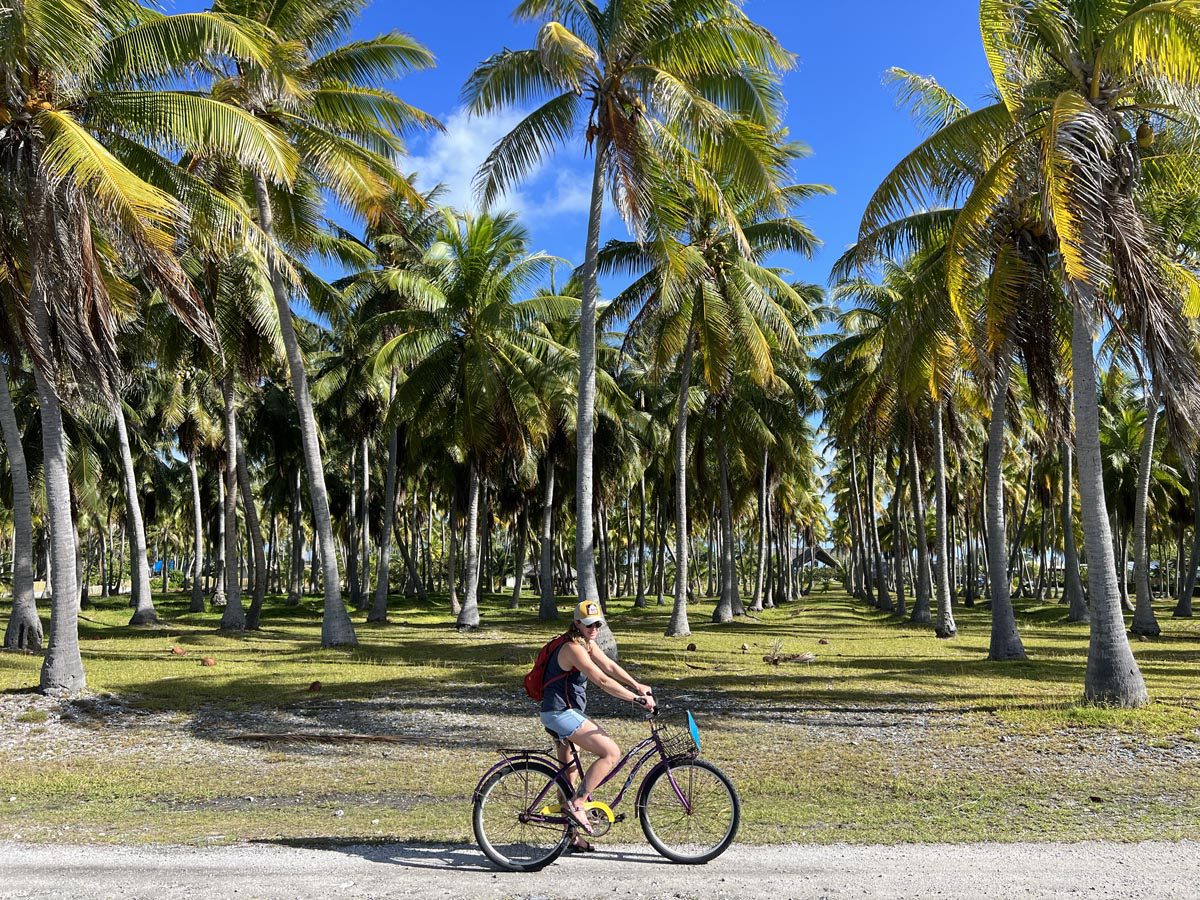
Getting to Tiputa village
To get to Tiputa Village, head to the main quay and catch the local taxi boat that goes back and forth throughout the day in 15-minute intervals. It costs a few dollars each way (cash only), and the ride takes just a few minutes.
Reaching the atoll’s remote regions
You’ll need to join a guided excursion or rent a yacht to reach Rangiroa’s magical spots on the far shores of the lagoon. These include the Blue Lagoon (le Lagon Bleu) or Reef Island (Ile aux Recifs). Rangiroa is huge beyond belief. It takes about one hour each way to reach both gems.
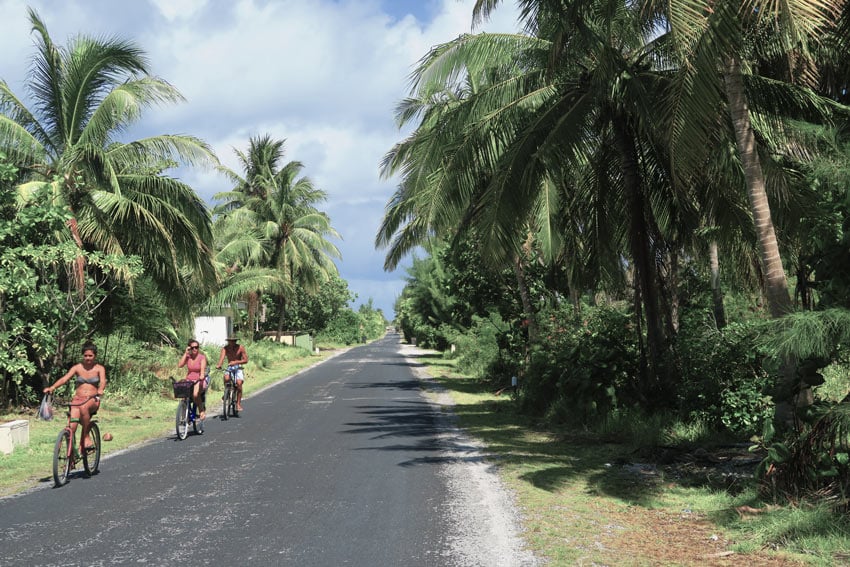
What To Pack?
Rangiroa is a tropical destination, and as such – I recommend packing clothes that dry quickly and keep moisture (a.k.a sweat) out. Have a look at the X Days In Y Packing List for recommendations on what to pack for Rangiroa based on my experience. Specific items for Rangiroa include a mask and snorkel, an underwater camera, good reef shoes, a rashguard, and diving gear (optional).
Money
There’s an ATM in Rangiroa just across the airport ‘terminal’. Dive centers will accept credit cards without a problem, while family-owned pensions are a different story – so inquire ahead of time. There might be another ATM in the village of Tiputa, just on the other side of the pass.
WiFi & Mobile Data In Rangiroa
A Vodafone SIM card might have reception in Rangiroa, but you should double-check before purchasing it in Tahiti. You’re better off with a Vini Travel SIM card, as they have coverage on all islands. Adequate WiFi should be available free of charge in most accommodations and in some restaurants.
Diving & Snorkeling In Rangiroa
Rangiroa’s main appeal is what lies beneath the lagoon’s gentle waves.
Snorkeling
The snorkeling in Rangiroa is superb in terms of marine life abundance and easily accessible. You only need to pick a spot (sometimes right off your pension) and swim with the fish. You don’t even have to go too deep to see sharks, as they’ll always be around you. The best snorkeling in Rangiroa is at a spot known as “the aquarium”. It’s very close to shore but far enough to require a boat. Excursions to the Blue Lagoon and Reef Island usually stop here on the way back. Otherwise, get here with your own means to inquire with your hosts.
Don’t forget to bring a mask and snorkel with you. Pack fins as well if possible, but if not, your accommodation might have a suitable pair.
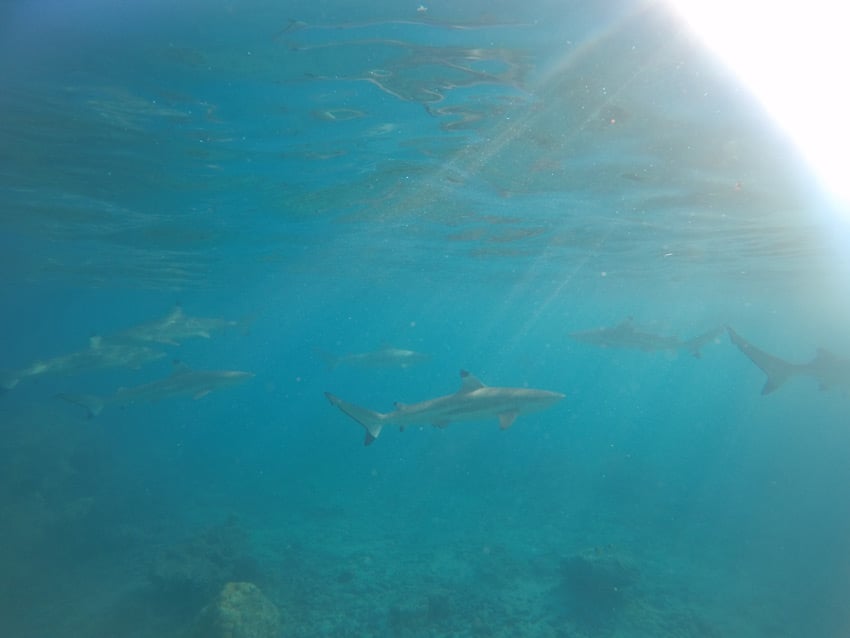
Scuba diving
There are several dive centers in Rangiroa, mostly consisting of local operators in addition to the Topdive branch. Most dives occur in and around Tiputa Pass, the most famous and popular dive area. On some days, operators might head to the Avatoru Pass to spice things up. I’ve done all my dives in Rangiroa with The Six Passengers. The dive center is part of the Te Moana Diving Pass, making multiple dives more affordable and allowing you to purchase a bulk of dives in their affiliated centers in the Society Islands and the Tuamotu Atolls.
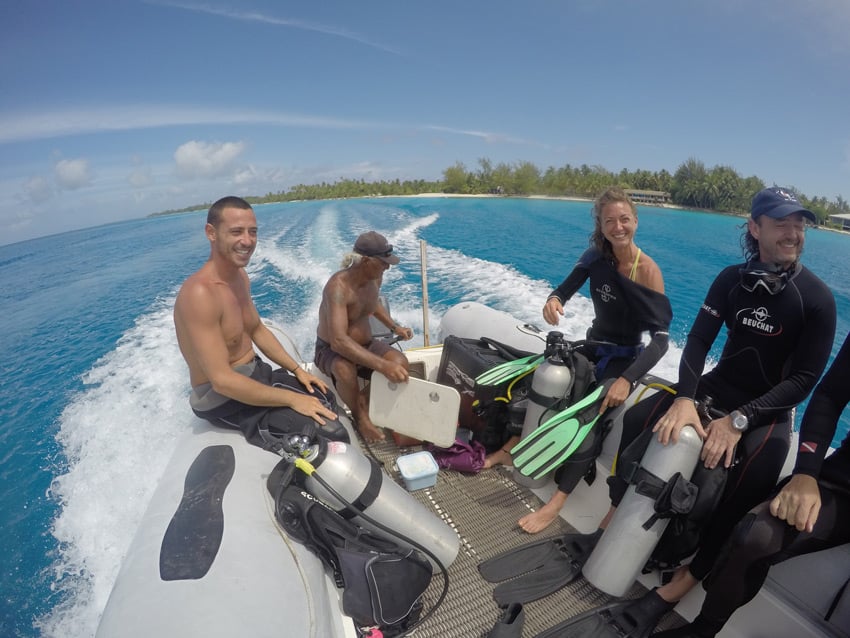
-
- Rangiroa gets a lot of divers, especially in high season and holidays. Book your dives in advance to avoid disappointment.
- The Tiputa Pass is where you’re likely to see dolphins and other ‘big fish’. The Avatoru Pass is where you’ll likely see silvertip sharks.
- Most of the dives in Rangiroa are drift dives, synced with the incoming current to the lagoon. If you’ve never done a drift dive, be sure to learn about what to expect and how to behave from your dive master.
- Apart from the impressive abundance of fish, the coral in Rangiroa is quite disappointing. So if you failed to spot any ‘surprises’, your dive might not be that memorable. Therefore, book multiple dives and if possible, on multiple days.
- Being a French Territory, CMAS is the most respected certification. SSI and PADI certifications are also respected but they will naturally limit your dives to a maximum depth of 30 meters, depending on your level of certification. Tiger sharks are more frequently seen in depth below 30 meters.
The next section of the Rangiroa Travel Guide covers specific information about dive and snorkeling sites.
Rangiroa’s Beaches
You will not find any dreamy white sand beaches on the main motu between the two lagoon passes apart from the unimpressive public beach. However, Rangiroa is home to some of the best beaches in French Polynesia. They are located about one hour by boat from the main village and to reach them, you’ll need to join a guided excursion. See the next section of this Rangioa travel guide for more information.
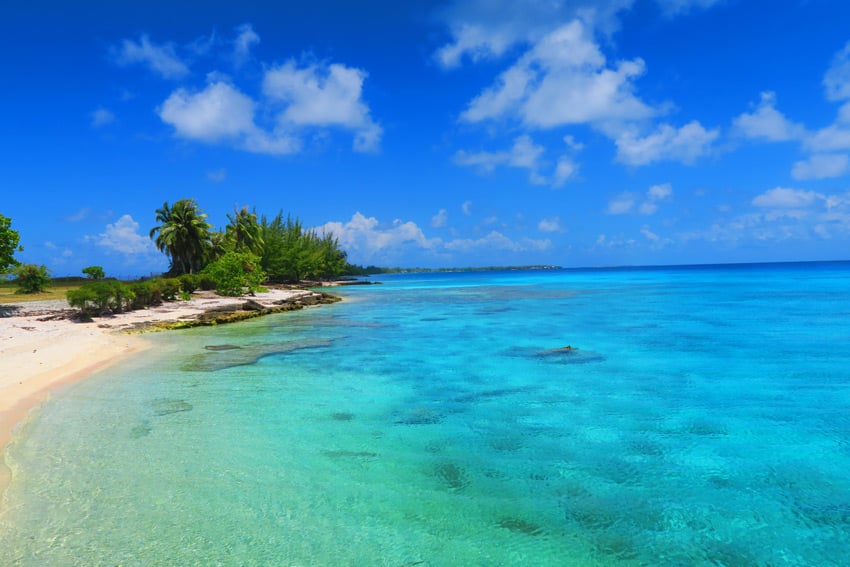
Drinking-Water In Rangiroa
Water in Rangiroa is collected from the rain. Every family has a few huge tanks they pray will fill up during the year. Therefore, unless your pension or hotel filters the water – you’ll have to buy bottled water. Ask before you buy. I heard that there’s a water dispensing machine in Avatoru village, but I didn’t find it (and I think it costs money to fill up).
Dining in Rangiroa
Nearly all pensions and all hotels offer a half-board option, which includes breakfast and dinner (at an extra charge). While breakfasts at pensions are usually simple, dinners are excellent and abundant. For lunch, dine in style at the Kia Ora Hotel & Spa (if outside guests are welcomed) or head to one of the snacks (local restaurants) near the quay by Tiputa Pass. If you’re not going half-board, there might be some dinner options in or close to Avatoru Village, but you’ll need transportation.
I hope you like eating fish because they’re always on the menu in Rangiroa and they’re always fresh. Tuna and Mahi Mahi dominate, along with seafood dishes. Chicken and beef options are more present in hotel menus. If you enjoy big salads and fruit variety, the atolls offer less of that. Atolls are made of coral soil that isn’t great for growing many fruits and vegetables. Those arrive on cargo ships, so they’re never fresh, and much of what comes has already been pre-purchased by local residents and shops.
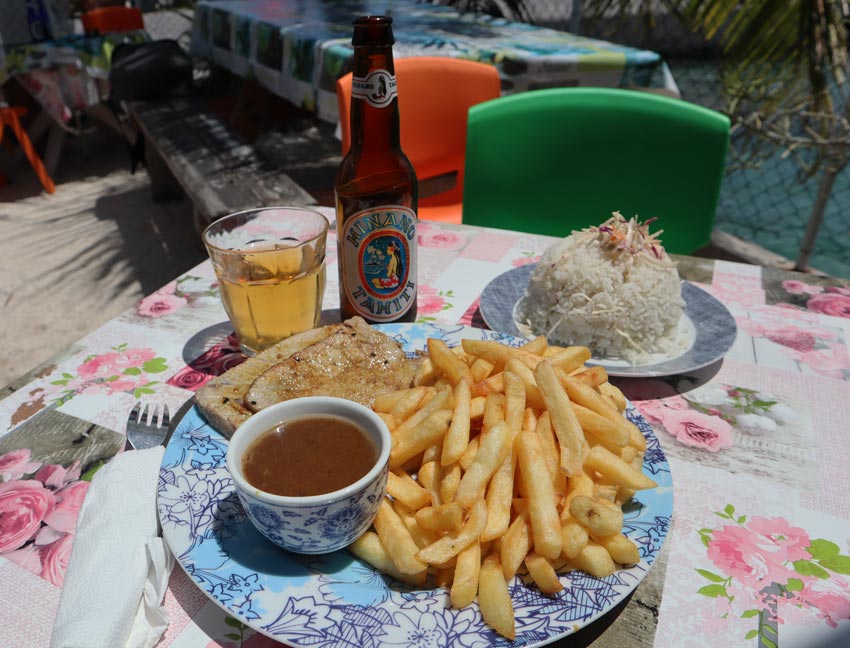
I always aim to grab lunch at the main quay by Tiputa Pass. Both Snack Chez Lili and Snack Puna are excellent options. The service might be slow, but the food is excellent. Inquire about opening times before heading there and aim to arrive two hours before closing time to reduce the chances of unavailable dishes.
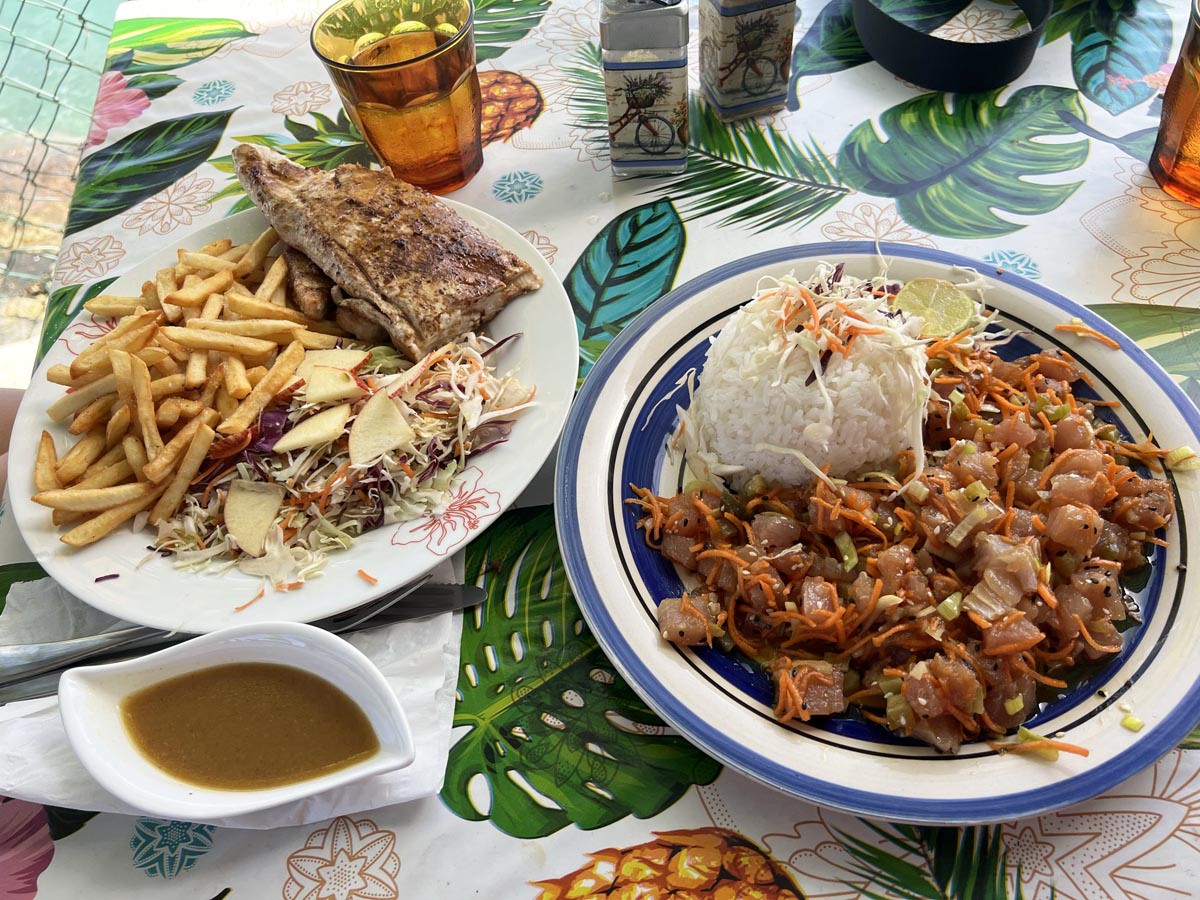
Safety In Rangiroa
For general safety tips in French Polynesia, explore the ‘safety’ section of the French Polynesia Travel Guide. As for Rangiroa specific safety tips:
- Make sure that your travel insurance policy includes boat-related activities and scuba diving.
- If you’ve never done a drift dive, ensure your divemaster briefs you on what to expect.
- Be extra careful when snorkeling off the pensions. Small boats carrying divers and locals are constantly present, and they can easily miss seeing you if you’re relatively far off the beach. Check your bearings every few minutes.
- You might come across sand flies in Rangiroa, though they are nowhere as nasty as the ones in the Marquesas Islands. Come prepared with the appropriate repellent, and pack a wall-mounted mosquito repellent if your room does not have air conditioning.
- Pack some motion sickness pills, and don’t have a huge breakfast ahead of boat excursions. The lagoon might be very choppy during the dry season (June-Oct), and the Blue Lagoon and Reef Island are about one hour from the main village.
Excursions In Rangiroa
Though Rangiroa’s main draw is scuba diving, the massive atoll is also home to exceptional beaches. The challenge is that getting there takes about one hour by boat. Excursions to the Blue Lagoon (Lagon Bleu) are very frequent, as well as to Reef Island (Ile aux Recif), though to a lesser extent. Excursions to the pink sand beach (Sable Rose) are rare and take about 90 minutes to reach. For pure snorkeling without going too far, join excursions to “the aquarium” (near the port) or near the Avatoru Pass.
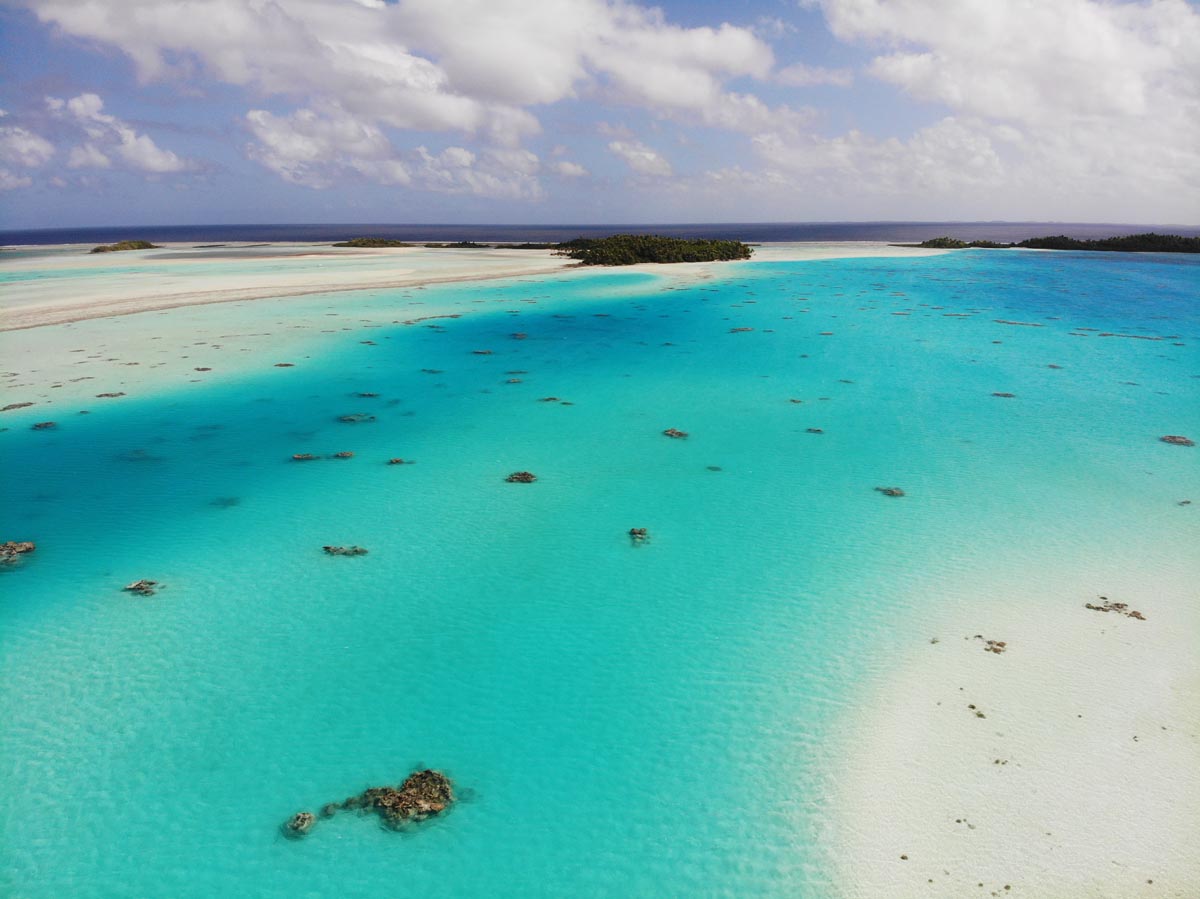
- It’s possible to join a combo tour that includes both Reef Island and the Blue Lagoon. This day involves a total of three hours on a boat.
- Excursions are a great way for divers to spend their last day in Rangiroa, which is a usually a non-diving day.
- Book your excursions for the first days on the atoll, especially if you’re not visiting during the dry season. These tours are prone to cancellation due to weather conditions and to a minimum number of participants not reached (usually four). This will give you flexibility and additional days to try.
- Outings to the Blue Lagoon are very frequent but less so for Reef Island and even less to the pink sand beach.
We’ll deep dive into each excursion in the next section of the Rangiroa travel guide.
What To Buy In Rangiroa
In general, it’s best to leave the shopping for Tahiti. In Rangiroa, check out black pearls and locally-produced jewelry. Rangiroa is also home to French Polynesia’s only winery. Vin de Tahiti somehow produces wine from grapes grown on coral soil. I’m pretty sure they’re the only ones to pull this off. It isn’t easy to visit the winery since it’s on the motu across from Avatoru Village, but you can visit their factory and buy a bottle or two in the shops. Vin de Tahiti also produces rum under the label Mana’o.
